
May 16 , 2020.
In November 2019, the Mayor of Washington, DC, Muriel Bowser, visited Addis Abeba for five days. She was honoured with the naming of a roundabout in her honor where the City Administration erected a rather unpleasant, crude replica of the Washington Monument. It remains standing there at the roundabout, just off Africa Avenue (Bole Road), mocking the city's sculptors as a constant reminder of the authorities' disregard for public consensus when utilising open space.
The look of Addis Abeba has often closely been linked with the ideological bent of those in office. No surprise there. Political capitals are subjected to bear the footprints of those at the helm. Thus, successive regimes have used Addis Abeba's space not just to express - and by extension instill - their specific brand of politics over those they govern but as a template of their nation-building projects.
Consistently, residents of Addis Abeba are rarely consulted as the case of the roundabout demonstrates. Never mind that resources are collected from them to fund projects, or otherwise might need to be relocated to make way for the bulldozers. The projection of power has little to do with the residents, whose sensibilities are bombarded by projects aimed at political and symbolic value.
Despite accusations of gentrified neighbourhoods and bulldozed monuments and buildings, there are remnants across Addis Abeba that encapsulate each political era of the past, beginning with the Italian occupation. A structure that features a lion holding a cross belongs to a time when Ethiopia was an empire. The Derguehad the smallest impact in terms of infrastructure that continues to stand to this day, but the monument honouring those who died fighting the aggression by Siad Barrie's regime in Somalia, erected on Churchill Road, remains an imposing sight reminding us of the military-Marxist regime.
The Revolutionary Democrats were far more aggressive in their revamping of the city through private and public investments in new construction. Unlike past regimes, they had the support of China, which was all too glad to bankroll the aspirations of developing countries.
The aluminium-framed and glass-clad buildings that define Addis Abeba’s current skeletal skyline, as well as the concrete roads, were a result of a massive appetite for public infrastructure financing. The state did not seem too concerned with aesthetics or making a political statement through public spaces and structures. Although the EPRDFites have overseen the construction of their fair share of museums and monuments, a lack of outward political expression in major public structures or spaces was kept to a minimum.
The lack of symbolism of these projects stemmed from a detachment toward cultural, religious and historical meaning. It was the view that these public spaces and structures should have no higher value than maximising functionality and heralding economic progress.
The condominium housing projects, the tall glass and aluminium buildings, the Light Rail Transit, the new headquarters of the African Union and the overpasses that have come to dot the city have changed Addis Abeba almost beyond recognition. They transformed it from the large village that it was to a place that can claim the title of a city.
The current administration of Prime Minister Abiy Ahmed (PhD) is no different in wanting to leave its marks over the city. If anything, it may succeed in having the most impact. It has the benefit of pooling large amounts of resources from donors as well as an instinct for symbolism and aesthetics.
In the two years the administration has been in office, it has developed a distinct interest in giving the city a facelift and changing the way it looks. It has expanded on or launched new projects to be funded both by taxpayers and external supporters.
The most recent public infrastructure that attained controversy is that of Mesqel Square. Estimated to cost taxpayers 2.5 billion Br and awarded to a Chinese construction company - without a bid - the project of an underground double-decker parking lot was introduced to the public only when the jackhammers sounded the alarm. Understandably, residents were frustrated with not being consulted on a project that may change the look of what is perhaps the most prominent and historically significant spot in all of the city.
The decisions for construction, use and symbolism of public space are always contentious. There are competing claims as to how these spaces are used, who should be given access and which parts should be set aside to remain open.
Transparency and public deliberation, especially when it comes to using public spaces, is essential when considering the aesthetic and symbolic significance they have, not just to residents of the city, but to all citizens of the country. Beyond the issue of the lack of accountability that follows whenever these projects go awry, and the massive public resources that may be lost, such spaces and structures have political implications if they do not inspire the public with a sense of ownership. The Administration should realise that these public spaces are significant beyond their economic value.
Prime Minister Abiy and Deputy-Mayor Takele should know this. They find themselves smack in the middle of the issue of historical ownership of the city.
On the one side is a camp that claims its heritage is being robbed piecemeal and that the construction taking place at Mesqel Square is just the latest example. The other camp believes the current appearance of the city is representative of a dark past and that upholding the existing public spaces and structures romanticises that time period. One person's revitalisation and renewal is another's removal and dispossession.
All camps represent one side of the same coin though. Some residents claim they are not being consulted as the face of the city changes. Other residents allege the city's current form stands as a symbol of a repressive past and fails to represent them. Both echo the struggle for the public space arena as a place of identification, a reflection of their identity in the physical infrastructure of their city; instead of an expression of political power for those in high offices. The appropriation of public spaces by particular social and cultural groups projecting their power excludes other groups.
Abiy’s administration and Deputy-Mayor Takele Uma have been trying to dissuade such fears and defend the projects they are launching, saying that they have no intention of changing public spaces and infrastructure with historical, cultural and religious significance. They have also attempted to justify the rapid succession of projects unveiled as an opportunity too good to pass up considering the favourable deals they are getting.
They also argue the Beautifying Sheger project and the renovation of the Prime Minister’s Office are not covered by the public’s coffer but by well-meaning supporters. The City Administration claims that it would be able to finalise the Mesqel Square project without having to spend foreign currency.
These lines of reasoning are problematic, nonetheless. There is the view in government that projects of this significance could be launched and undergo construction without the proper public deliberations and necessary level of transparency. No doubt, the opportunity might present itself when a donor could be induced into funding all kinds of major projects. It is also true that there are certain preferences allowed according to the country’s laws, especially if the project would benefit local or small and micro institutions.
The launching and processing of contracts for major public infrastructure works needs to be attended with sufficient deliberation, transparency and accountability. It will not only add a layer of checks and balances to a process that has historically been predisposed to corruption and waste, but it will quiet the fear that there are ulterior political motives behind these projects. It allows citizens to own them, their city and what it represents.
Both the Prime Minister and the Deputy-Mayor should have known that they cannot act on a whim with impunity when it comes to the public's space.
PUBLISHED ON
May 16,2020 [ VOL
21 , NO
1046]

Life Matters | Nov 16,2024
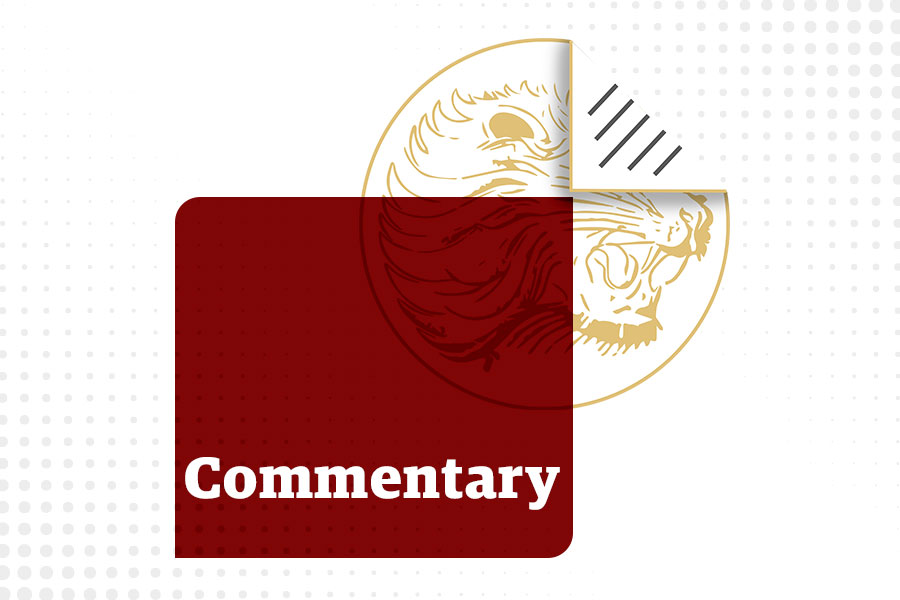
Commentaries | Apr 04,2020

Fortune News | Jun 05,2021

Fortune News | Oct 24,2020

Sunday with Eden | Apr 08,2023

Commentaries | Feb 29,2020
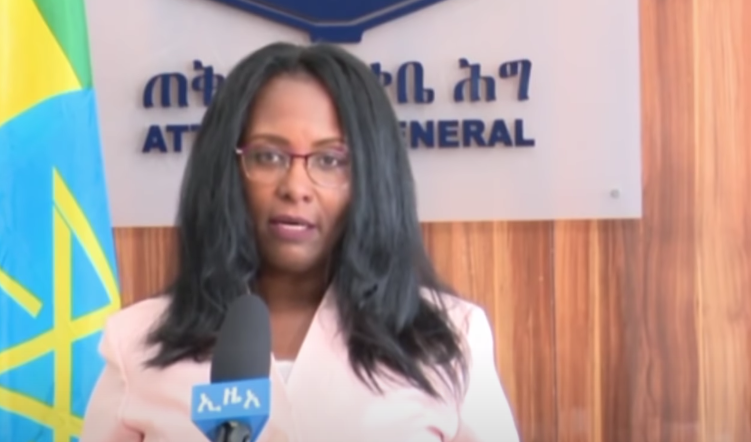
Fortune News | Apr 12,2020

Life Matters | Nov 27,2021

Fortune News | Feb 22,2020

Fortune News | Jan 18,2020

My Opinion | 131584 Views | Aug 14,2021

My Opinion | 127940 Views | Aug 21,2021

My Opinion | 125915 Views | Sep 10,2021

My Opinion | 123539 Views | Aug 07,2021

Dec 22 , 2024 . By TIZITA SHEWAFERAW
Charged with transforming colossal state-owned enterprises into modern and competitiv...

Aug 18 , 2024 . By AKSAH ITALO
Although predictable Yonas Zerihun's job in the ride-hailing service is not immune to...

Jul 28 , 2024 . By TIZITA SHEWAFERAW
Unhabitual, perhaps too many, Samuel Gebreyohannes, 38, used to occasionally enjoy a couple of beers at breakfast. However, he recently swit...

Jul 13 , 2024 . By AKSAH ITALO
Investors who rely on tractors, trucks, and field vehicles for commuting, transporting commodities, and f...
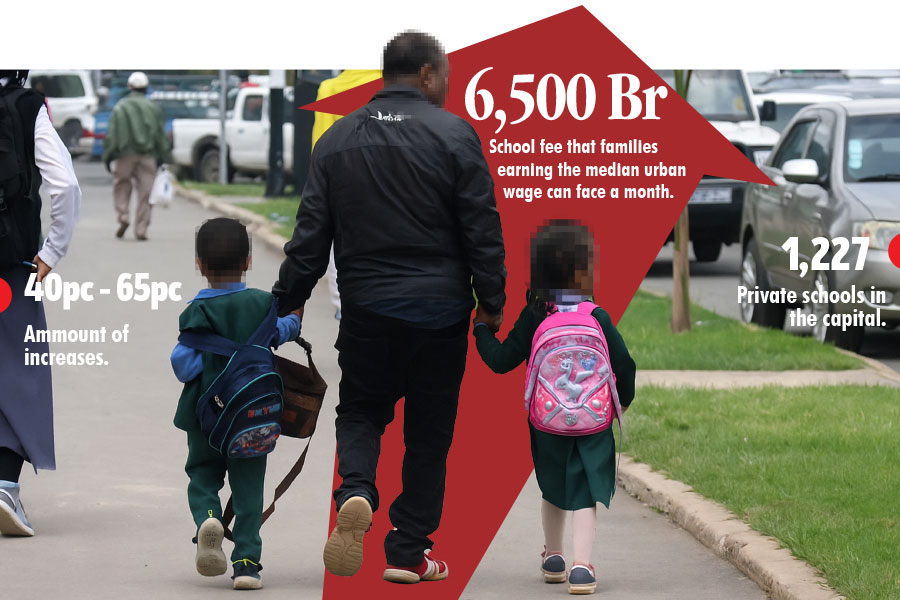
Jun 29 , 2025
Addis Abeba's first rains have coincided with a sweeping rise in private school tuition, prompting the city's education...
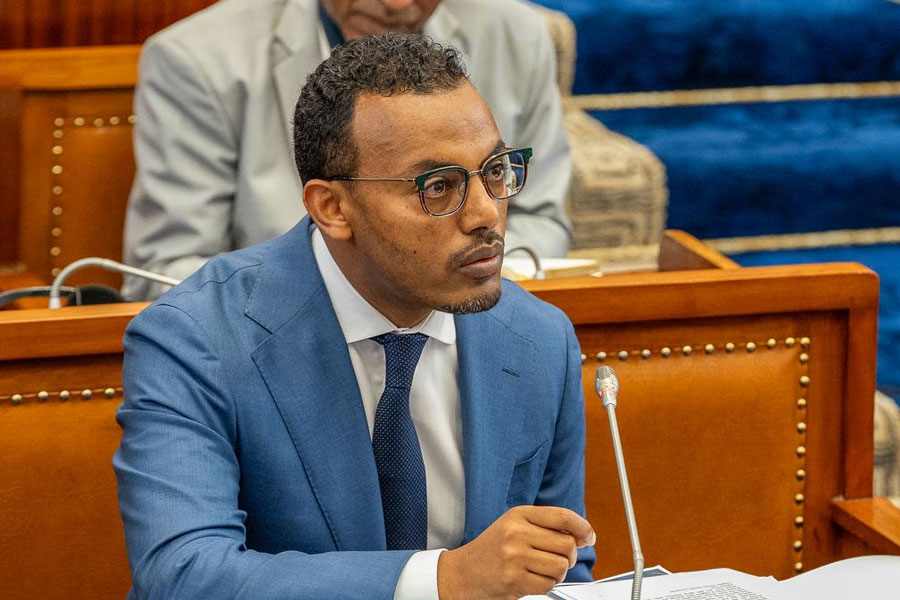
Jun 29 , 2025 . By BEZAWIT HULUAGER
Central Bank Governor Mamo Mihretu claimed a bold reconfiguration of monetary policy...
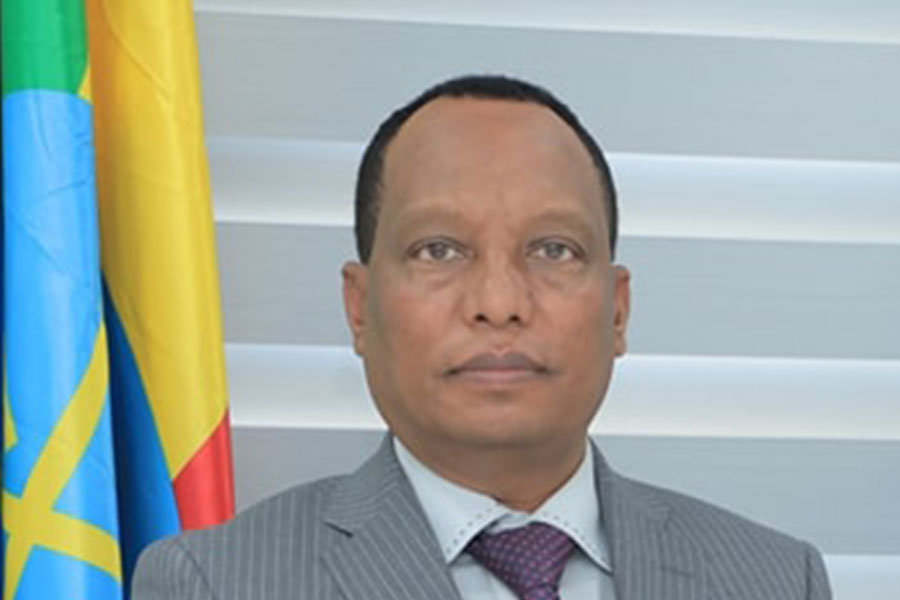
Jun 29 , 2025 . By BEZAWIT HULUAGER
The federal government is betting on a sweeping overhaul of the driver licensing regi...
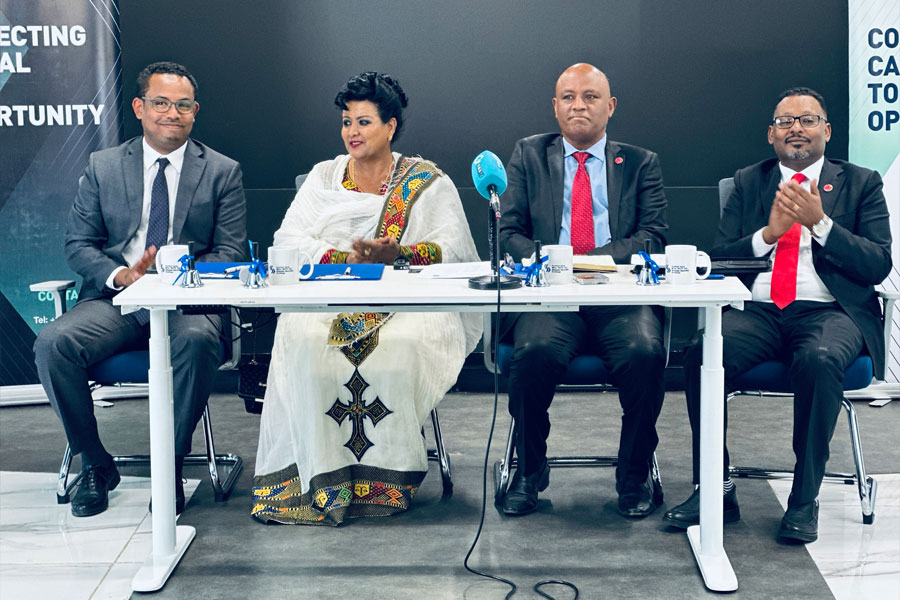
Jun 29 , 2025 . By NAHOM AYELE
Gadaa Bank has listed 1.2 million shares on the Ethiopian Securities Exchange (ESX),...